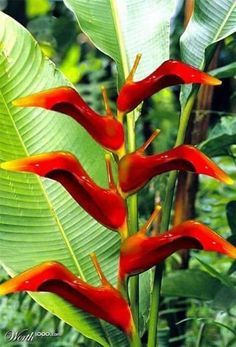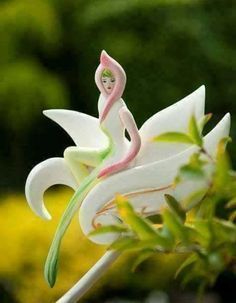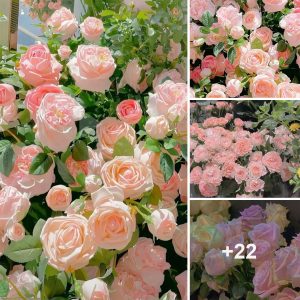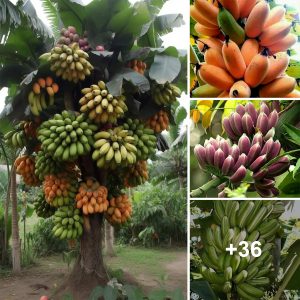In the vast tapestry of the floral kingdom, certain blooms stand out as rare gems, captivating us with their unique shapes, vibrant colors, and extraordinary characteristics. These rare and unusual flowers, often elusive and found in remote corners of the world, ignite our curiosity and leave us in awe of nature’s boundless creativity. In this article, we embark on a journey to explore some of these captivating floral wonders, unveiling their allure and shedding light on their captivating traits.

- Corpse Flower (Amorphophallus titanum): The Corpse Flower is renowned for its colossal size and infamous odor, reminiscent of rotting flesh. This giant plant, native to the rainforests of Sumatra, Indonesia, blooms infrequently and draws attention with its enormous, dark burgundy spathe and towering spadix. The putrid scent attracts carrion beetles and flesh flies as pollinators, making it a true marvel of adaptation.

- Ghost Orchid (Dendrophylax lindenii): Hailing from the swamps of Florida and Cuba, the Ghost Orchid is an ethereal beauty that seems to defy conventional plant structures. This elusive epiphytic orchid boasts delicate, translucent white flowers that seemingly float in mid-air. Its captivating allure has inspired poets, artists, and orchid enthusiasts, who eagerly seek out its hidden habitats in the depths of dense forests.

- Jade Vine (Strongylodon macrobotrys): Originating from the rainforests of the Philippines, the Jade Vine is a rare and striking vine known for its breathtaking turquoise flowers. The cascading clusters of vivid blossoms are a sight to behold, as they hang in graceful tendrils, attracting pollinators such as bats and butterflies. The Jade Vine’s endangered status adds to its mystique, making it a prized find for botanical enthusiasts.

- Parrot’s Beak (Lotus berthelotii): Resembling the beak of a colorful parrot, the Parrot’s Beak flower is native to the Canary Islands. Its vibrant red and orange tubular flowers with contrasting green foliage create a striking visual display. This plant is well-adapted to dry conditions, with its curved blooms designed to hold nectar, enticing specialized bird pollinators.





